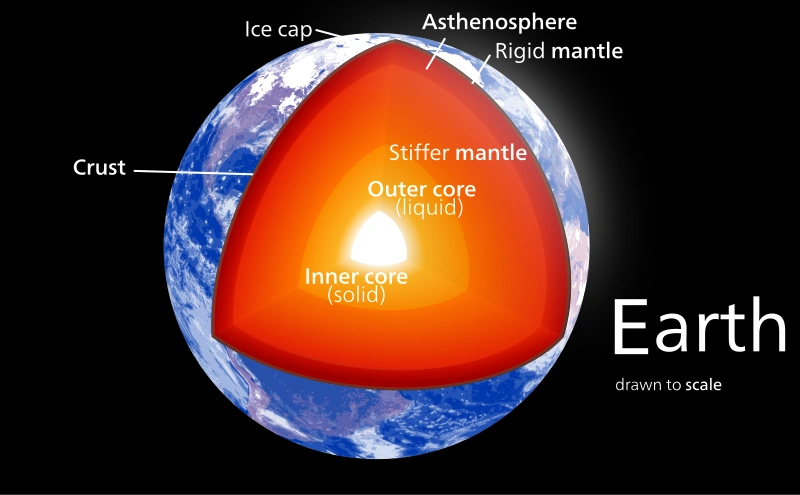What is the Shifting of Earth's Magnetic Pole?
The Earth's magnetic field is generated by the movement of molten iron and nickel in the outer core. The magnetic poles are not fixed and tend to shift over time. The north magnetic pole, which is the point where magnetic field lines converge, has been moving rapidly in recent years.
- The north magnetic pole has shifted from Canada towards Siberia at an accelerating rate.
- Historically, it moved slowly, but in the last 20 years, the speed increased to 50 km per year before suddenly slowing to 35 km per year in the past five years.
Geomagnetic Reversals
- Earth's magnetic poles flip periodically; the last reversal occurred 780,000 years ago.
- Scientists cannot predict when the next flip will happen.
Impact of Shifting of Earth’s Magnetic Pole
- Magnetic field changes can have implications for navigation systems, satellite communication, and animal migration .
- GPS-based systems have reduced dependence on magnetic compasses, but aviation and maritime navigation still rely on magnetic field data.
- The shifting pole could affect airline routes, military operations, and global communication networks.
Magnetic Observatories and Data Collection
- The Colaba Observatory in Mumbai , one of the oldest in the world, has recorded magnetic variations since 1841.
- It recorded the Carrington Event of 1859 , a massive solar storm that disrupted telegraphs.
- India’s Indian Institute of Geomagnetism (IIG) operates 13 observatories and maintains a World Data Centre for Geomagnetism .
Digitization of Historical Geomagnetic Data
- Efforts are being made to digitize 180 years of magnetic field records .
- This data will be used to analyze patterns using AI and machine learning , potentially predicting geomagnetic storms .

Previous Year Questions
Mains
- 2019: Explain the concept of geomagnetism.Discuss the impact of recent shifts in the Earth’s magnetic north pole.













